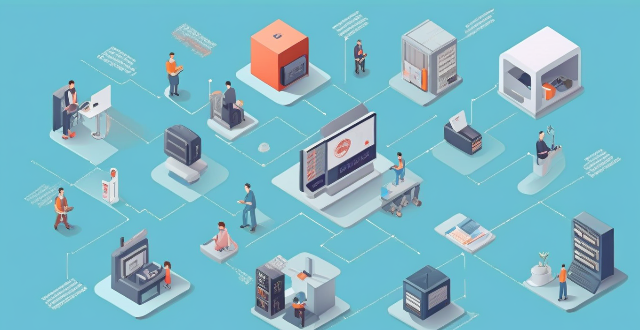Technology plays a crucial role in ensuring equitable vaccine distribution by providing data collection and analysis tools, managing logistics, and improving accessibility and outreach. Examples of technologies used for data collection and analysis include mobile apps, GPS tracking, and cloud computing. Technologies used for logistics management include RFID tags, drones, and automated warehouses. Examples of technologies used for accessibility and outreach include social media platforms, telehealth services, and chatbots. By leveraging these technologies, we can create a more efficient and effective vaccine distribution system that benefits everyone equally.

How Technology Can Ensure Equitable Vaccine Distribution
Technology plays a crucial role in ensuring equitable vaccine distribution. Here are some ways technology can help:
1. Data Collection and Analysis
Collecting and analyzing data is essential for effective vaccine distribution. Technology can help in this process by providing real-time information about the number of people who have received the vaccine, their demographics, and other relevant factors. This data can be used to identify areas where vaccine distribution needs to be improved.
Examples of Technologies Used for Data Collection and Analysis:
- Mobile apps: These apps can collect data on vaccine recipients, such as age, gender, and location.
- GPS tracking: This technology can help track the movement of vaccine shipments and ensure they reach their intended destinations.
- Cloud computing: Cloud-based systems can store large amounts of data and provide real--time analysis to decision-makers.
2. Logistics Management
Effective logistics management is critical for equitable vaccine distribution. Technology can help manage the supply chain, from production to delivery, ensuring that vaccines reach their intended destinations efficiently and safely.
Examples of Technologies Used for Logistics Management:
- RFID tags: These tags can be attached to vaccine shipments, allowing for easy tracking and monitoring of their progress.
- Drones: Drones can be used to deliver vaccines to remote areas where traditional transportation methods may not be feasible.
- Automated warehouses: Automated warehouses can store and distribute vaccines quickly and efficiently, reducing the risk of human error.
3. Accessibility and Outreach
Ensuring that everyone has access to vaccine information and resources is essential for equitable distribution. Technology can help bridge the gap between vaccine providers and recipients by making information more accessible and reaching underserved communities.
Examples of Technologies Used for Accessibility and Outreach:
- Social media platforms: Social media platforms can be used to disseminate vaccine information and promote vaccination campaigns.
- Telehealth services: Telehealth services allow healthcare professionals to provide consultations and advice remotely, making it easier for people in rural or underserved areas to access vaccine information.
- Chatbots: Chatbots can provide automated responses to common questions about vaccines, reducing the workload on healthcare professionals and increasing access to information.
In conclusion, technology plays a vital role in ensuring equitable vaccine distribution by providing data collection and analysis tools, managing logistics, and improving accessibility and outreach. By leveraging these technologies, we can create a more efficient and effective vaccine distribution system that benefits everyone equally.